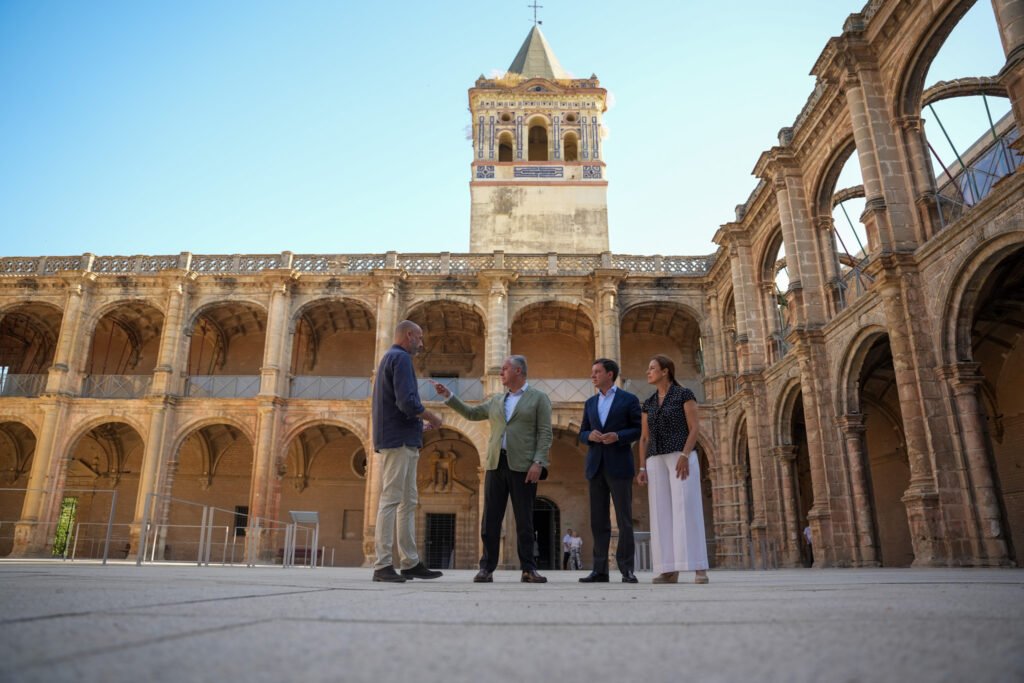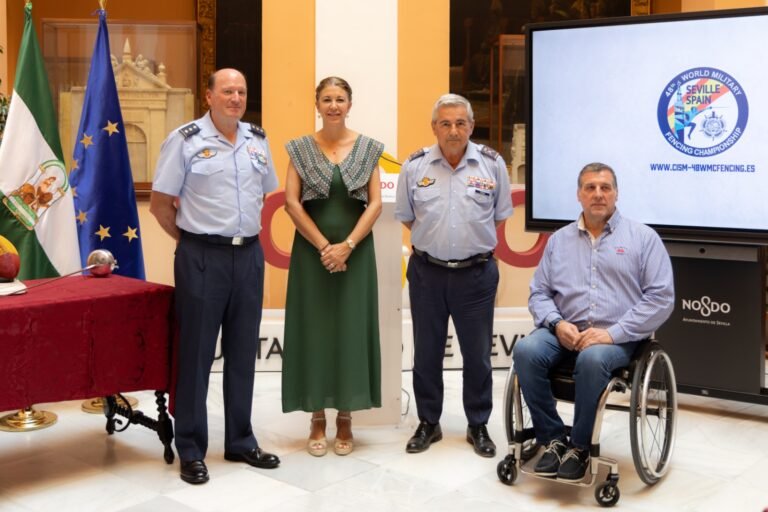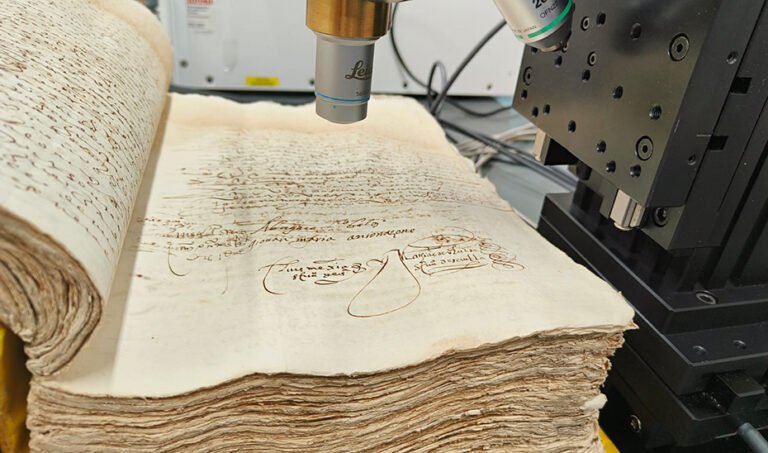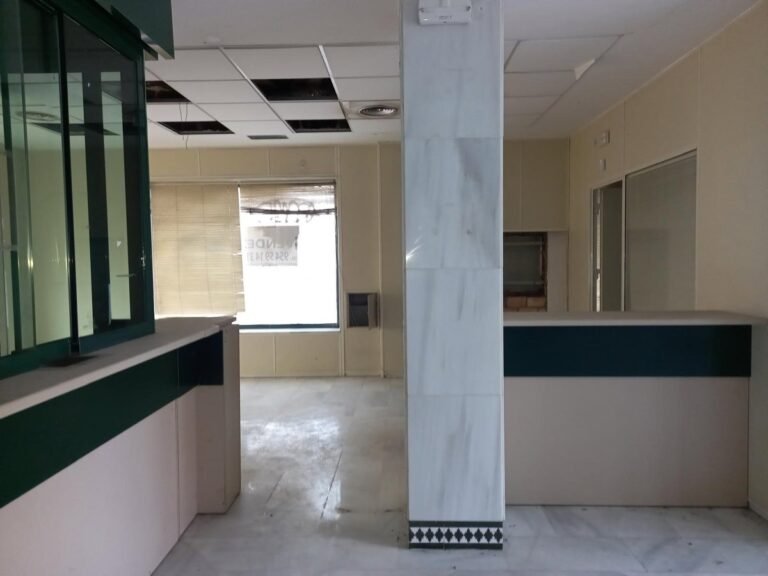
The City Council of Seville, through the Urban Planning Department, has completed the first phase of the rehabilitation and recovery works of the Monastery of San Jerónimo, with a total value of 6.6 million euros and co-financed by European FEDER funds.
During his visit to the monastery of San Jerónimo, a property acquired in 1984 by the Seville City Council, the mayor of Seville, José Luis Sanz, highlighted that «after 41 years of waiting, the rehabilitation of the cloister of the Monastery of San Jerónimo de Buenavista is a reality. Another example of this Government team’s commitment to the recovery of historical buildings and emblematic sites of the city for the citizens.»
Regarding the actions in this first phase, with an investment of over 1.4 million euros, Sanz emphasized that «the lower part of the cloister has been stabilized. Specifically, the building’s foundation has been reinforced, a new drainage system has been installed to ensure proper rainwater drainage, and the pavements of the courtyard and ambulatory have been renovated.»
Due to the magnitude of the rehabilitation works at this monastery, the works have been scheduled in two phases. Regarding the second phase, José Luis Sanz announced this morning that «the Urban Planning Department already has the project for the second phase of consolidation of the Cloister of the Monastery of San Jerónimo de Buenavista, with a bidding base budget of over 4.8 million euros.»
This second phase will include reinforcement works on the structures that make up the two levels of the cloister galleries, as well as restoration of pavements, arches, vaults, and walls, covering the upper ambulatory galleries, replacing the railings, and providing the necessary facilities for their use as part of the Civic Center. This action, pending bidding, already has the approval of the Provincial Commission of Historic Heritage.
Sanz concluded his speech by showing his recognition and «gratitude to each professional, from architects to restorers, and, of course, to the Jarquil company, responsible for these initial works; for making this first significant step possible that we celebrate today,» pointing out that from the current Government team, «we continue working to restore all its splendor to our heritage and put it at the service of Sevillians and visitors to continue our roadmap in the recovery of historical spaces forgotten for decades in Seville,» including the Market of La Puerta de la Carne, the former Convent of San Hermenegildo, or the Pumarejo Palace.»
Archaeological findings during the works
During the execution of the initial works and archaeological surveys carried out in this first phase, extraordinary archaeological remains corresponding to a construction phase of a previous medieval cloister were discovered, both in the cloister’s courtyard and in the perimeter galleries; a discovery that forced the works to be halted for eight months. As Mayor Sanz stated, «it has been a surprising, unexpected, and of enormous historical interest discovery that had to be integrated, as it could not be otherwise, within the project as a whole.»
These historical findings, with enormous heritage value, required modifying the initial project plans to allow for the conservation and restoration of the discovered elements and to enable the enhancement of the main structures belonging to the medieval cloister.
The most outstanding aspect of the modification was the installation of a transparent, ultra-clear, and walkable glass floor, which allows both the contemplation and protection of these findings.
Among the new elements that have emerged are the central fountain of the courtyard, the pool located in the northeast quadrant of the courtyard, the wellhead in the southwest quadrant of the courtyard, and the medieval floorings and wall structures discovered in the west and north galleries of the cloister.
About the Monastery of San Jerónimo
The historical building, founded in 1414 and of flamboyant Gothic style, is declared a Historical Artistic Monument, Cultural Interest Asset, and has a «B» protection level by the Urban General Plan of Seville.
It is one of the most important monasteries in Spain of the Jerónima Order, having received illustrious visits throughout its more than five centuries of history, such as those of the Catholic Monarchs, Charles I, Philip II, or Philip V.




